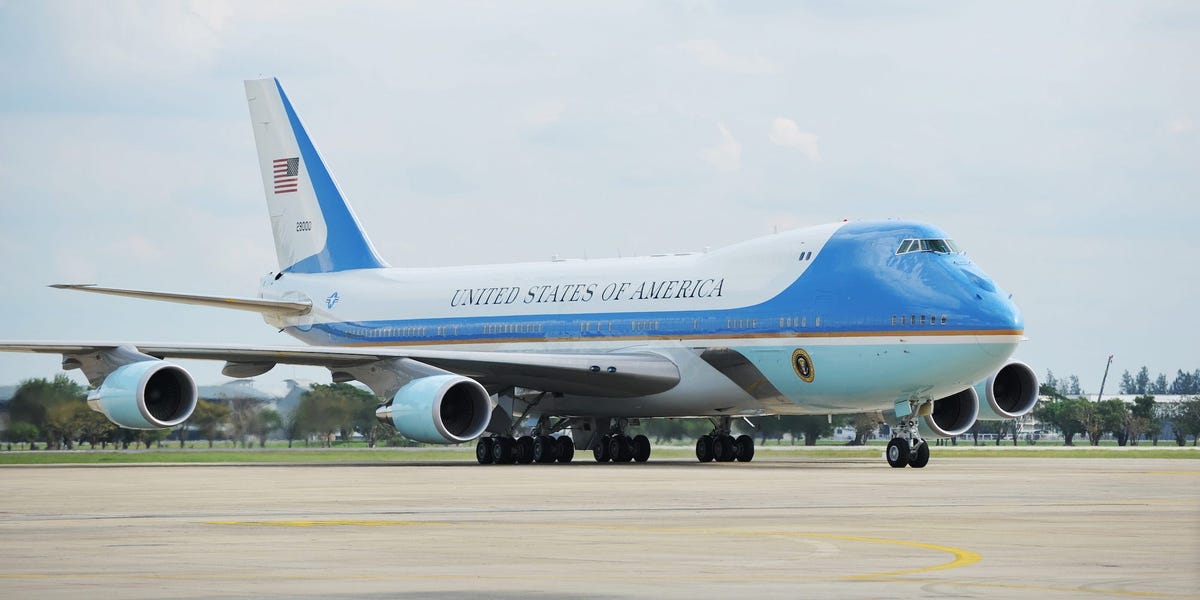The Evolution of Air Force One: A Historical Overview
For decades, the aircraft known as Air Force One has served as a flying symbol of the U.S. presidency, representing both power and prestige. This airborne command center not only facilitates the president’s travel but also ensures their ability to govern from the skies.
Whenever a U.S. president is on board, their plane is designated as Air Force One, a practice that began in the mid-20th century. This tradition underscores the importance and flexibility of presidential travel.
The aircraft, often referred to as the “flying Oval Office,” comes equipped with state-of-the-art facilities. On board, the president has access to office areas, two kitchens, sleeping quarters, and even a fully functional operating room, ensuring they are always ready to perform their duties, no matter where they are.
The evolution of Air Force One began with President John F. Kennedy, who was the first to use a jet specifically tailored for presidential use. This marked a significant shift in how presidents traveled, providing greater speed and efficiency.
In more recent years, President Donald Trump made headlines by proposing a change to the exterior design of Air Force One. In 2019, he suggested new paint colors, aiming to update the aircraft’s iconic look.
Through the years, the design and technology of Air Force One have continued to evolve, reflecting the changing needs and expectations of presidential travel.







Be First to Comment